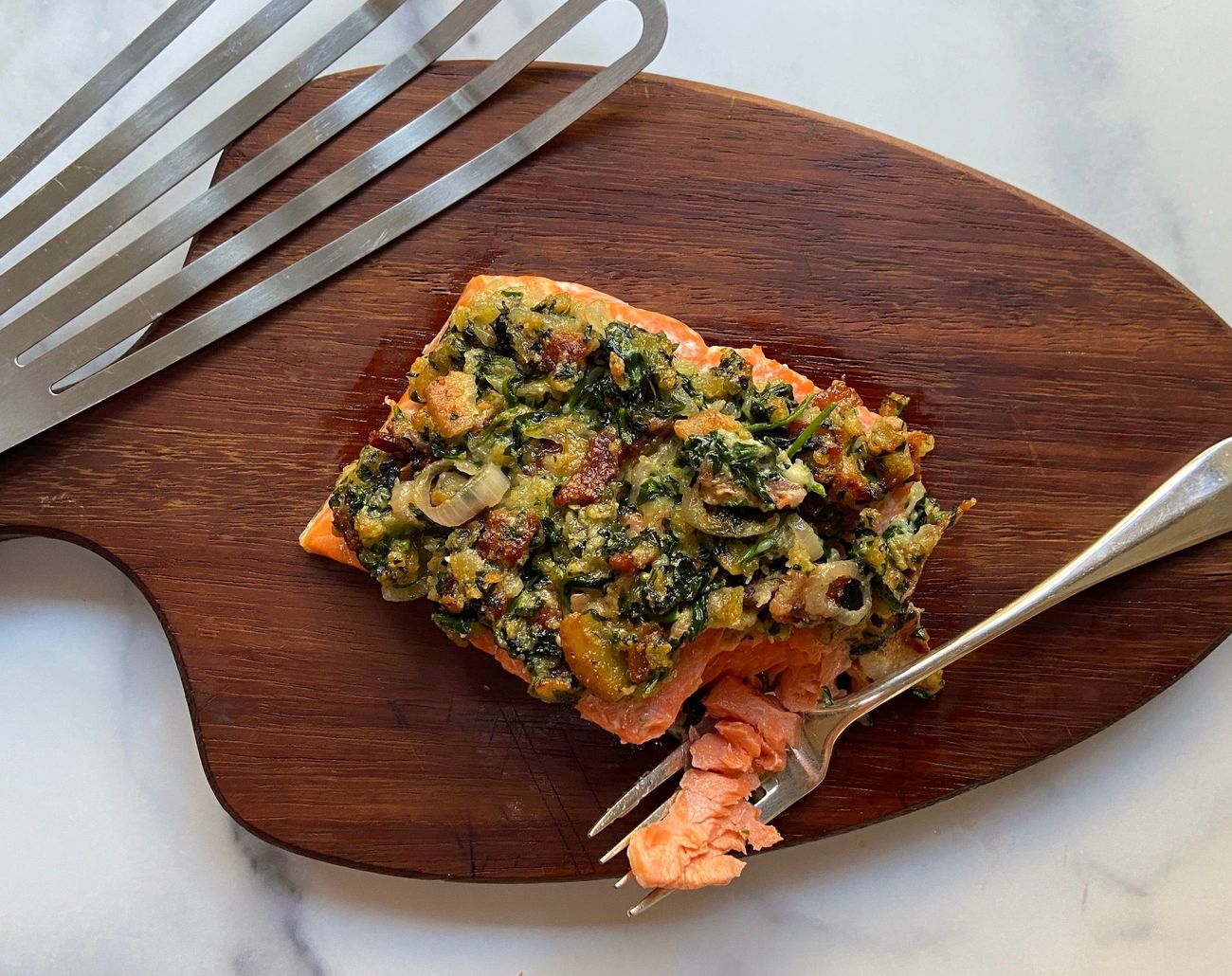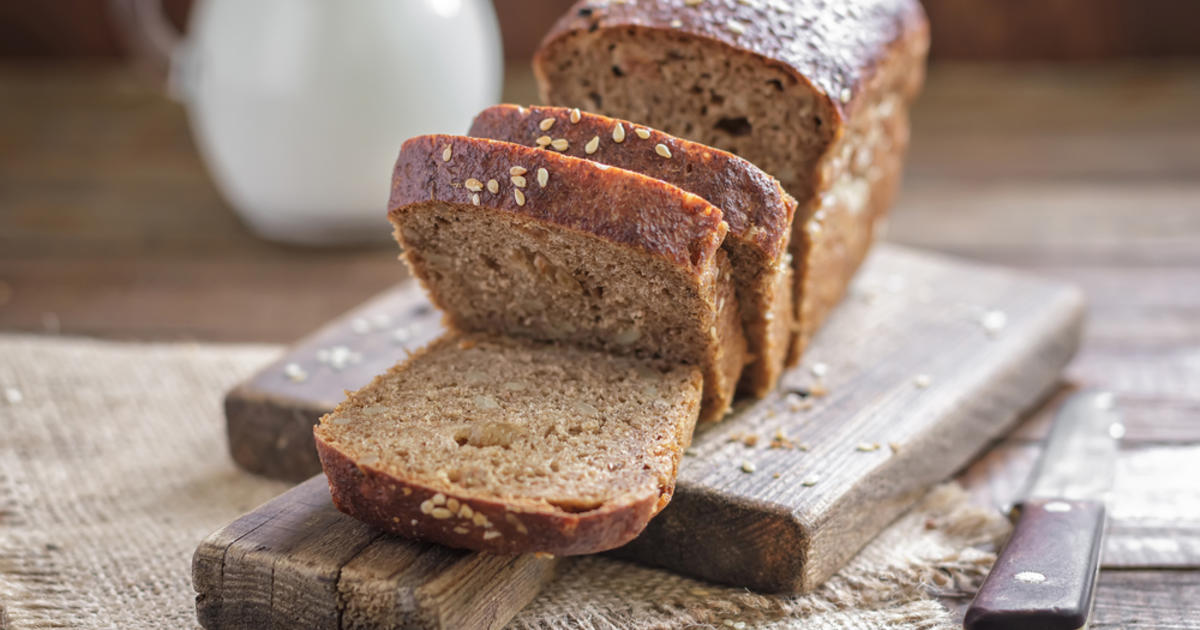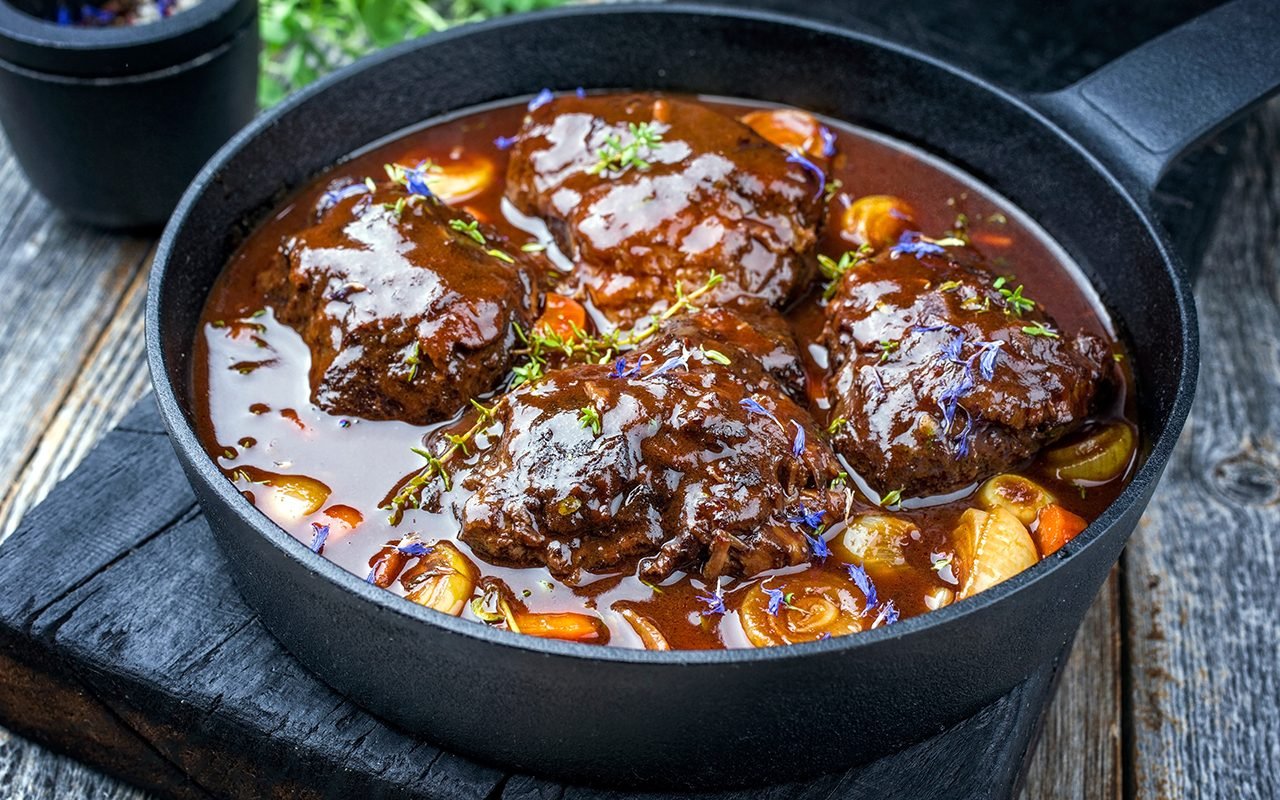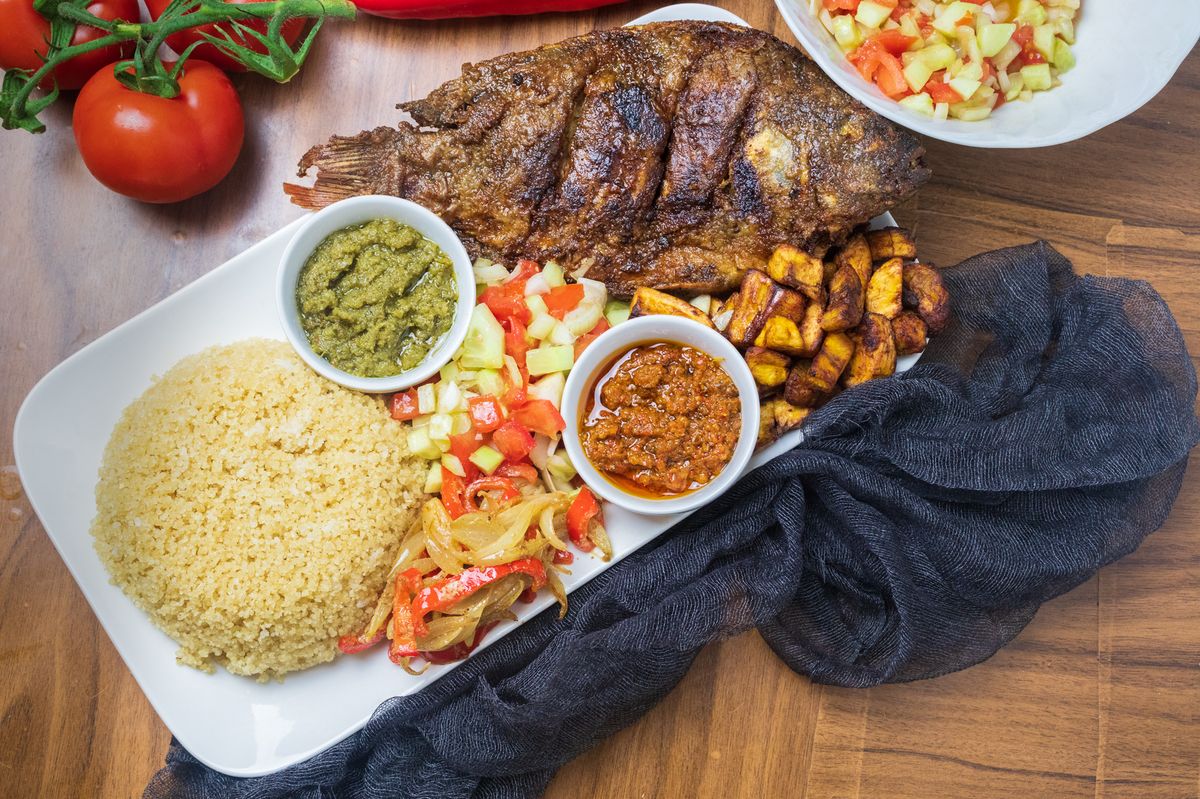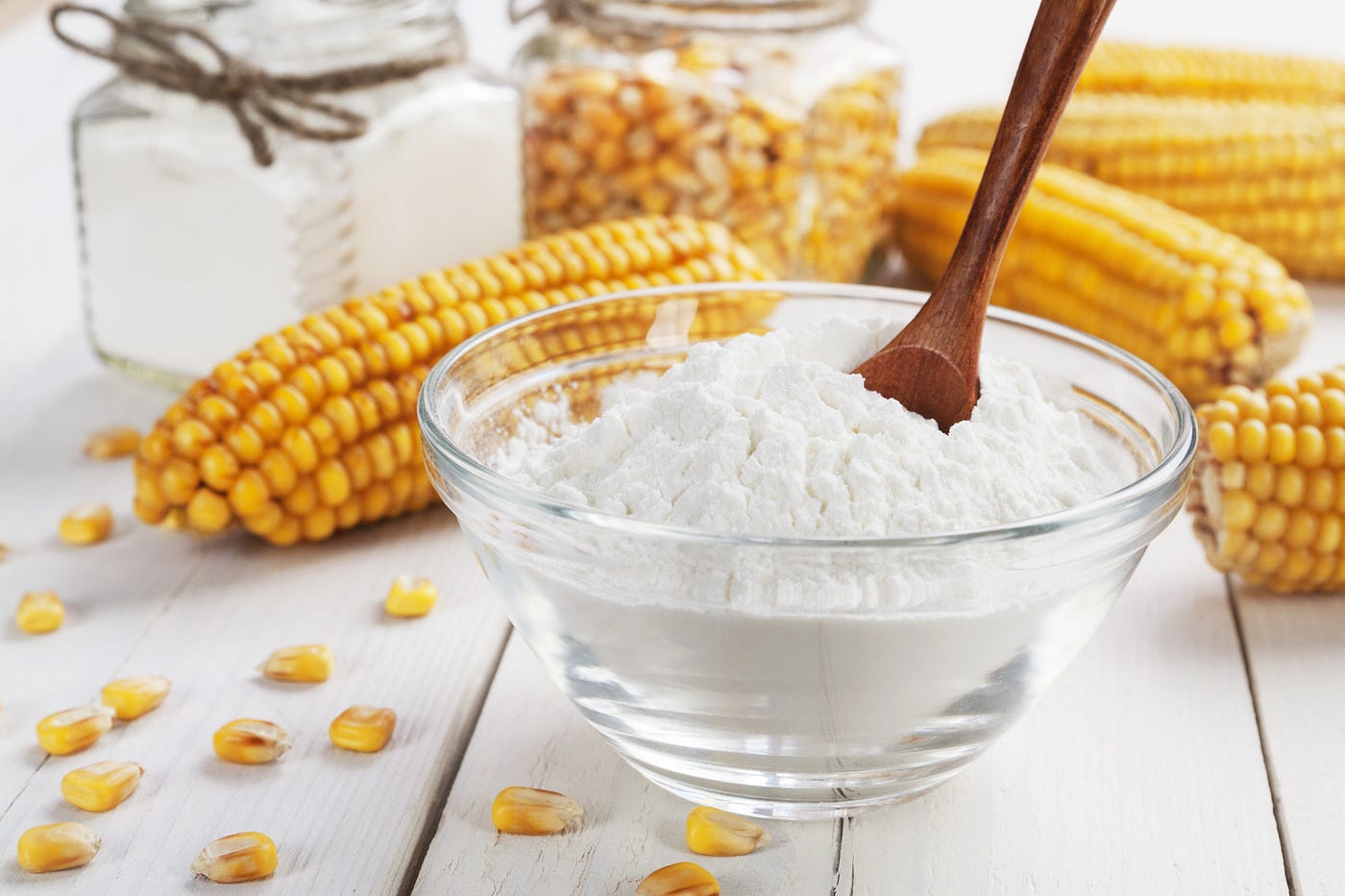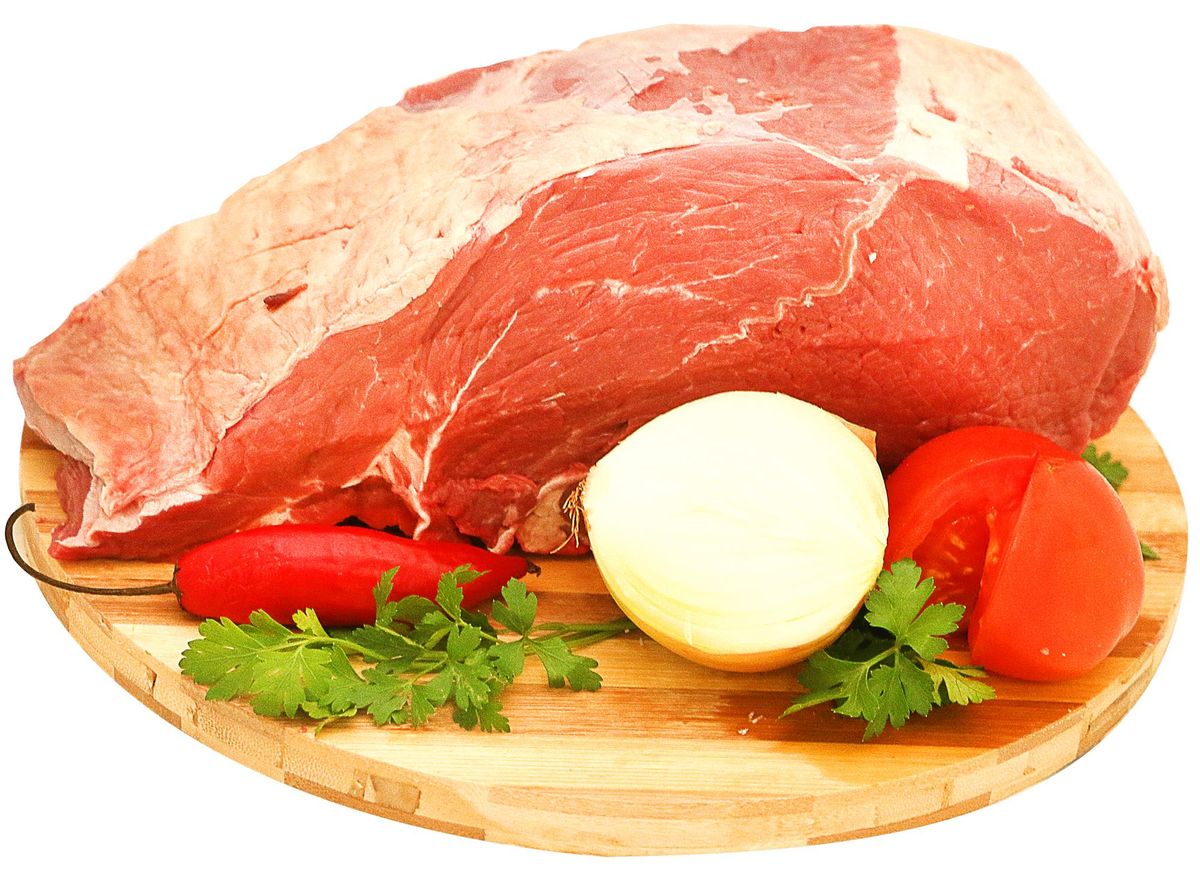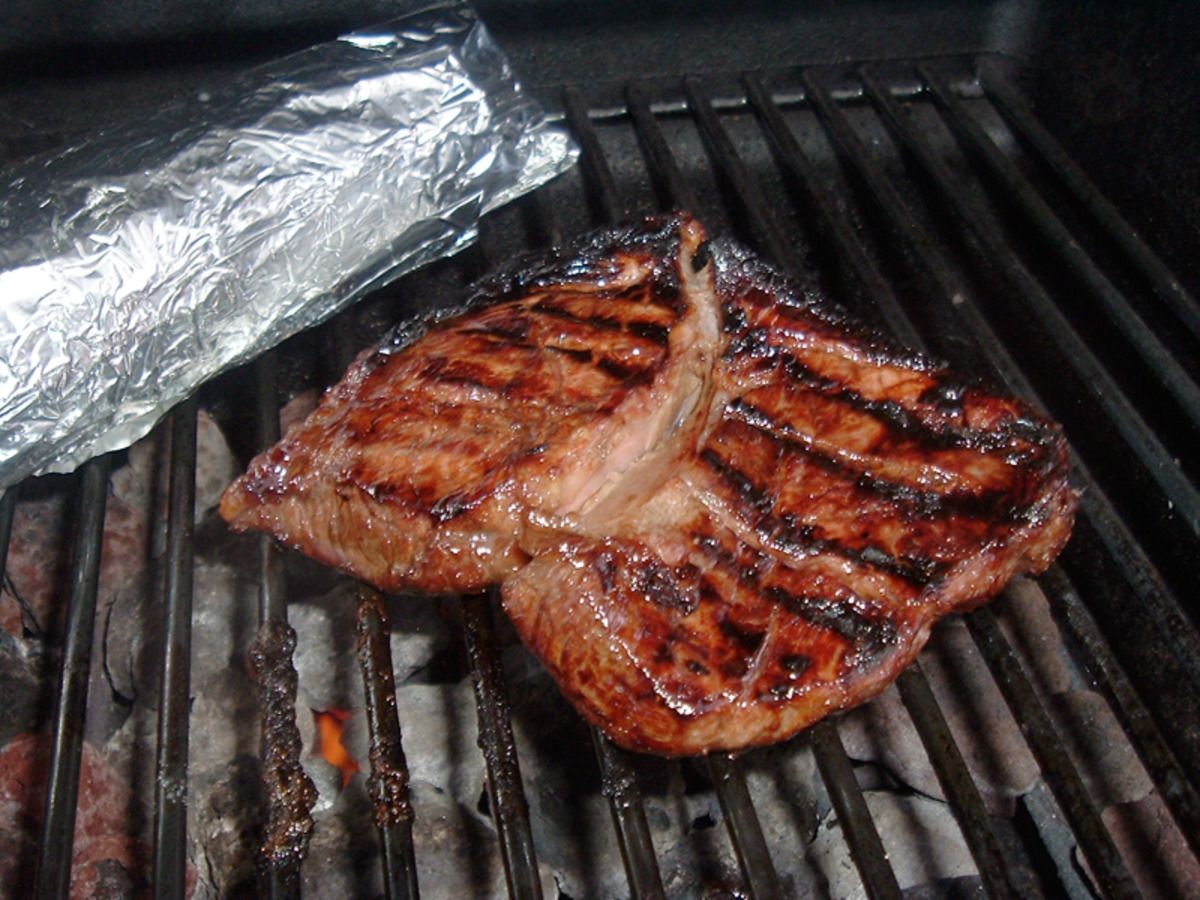Understanding Corn and Rice: A Closer Look at These Staple Foods
When it comes to staple foods, corn and rice are two of the most widely consumed grains around the world. They are versatile, nutritious, and play a crucial role in many cuisines. Let’s take a closer look at these two grains and explore what makes them so important in our diets.
Corn: A Versatile and Nutritious Grain
Corn, also known as maize, is a staple food in many cultures. It is a type of cereal grain that is rich in nutrients and can be used in various forms. Here are some key points to know about corn:
- Corn is a good source of carbohydrates, providing energy for the body.
- It contains fiber, which is important for digestive health.
- There are different varieties of corn, including sweet corn, popcorn, and flint corn, each with its own unique characteristics and uses.
- Corn can be consumed fresh, dried, or processed into products like cornmeal, corn flour, and corn syrup.
- It is a versatile ingredient used in a wide range of dishes, from tortillas and tacos to cornbread and polenta.
Rice: A Staple in Many Cuisines
Rice is another essential grain that is a dietary staple for a large portion of the world’s population. Here’s what you need to know about this popular grain:
- Rice is a great source of energy and provides a significant portion of the world’s dietary energy.
- It comes in different varieties, such as long-grain, short-grain, and jasmine rice, each with its own unique texture and flavor.
- Rice can be steamed, boiled, or ground into flour for use in a wide range of dishes.
- It is a key ingredient in many Asian, Latin American, and Middle Eastern cuisines, forming the base of dishes like sushi, paella, and biryani.
- Rice is also used to make popular products like rice vinegar, rice bran oil, and rice noodles.
Health Benefits of Corn and Rice
Both corn and rice offer several health benefits when included in a balanced diet:
- They are naturally gluten-free, making them suitable for individuals with gluten sensitivities or celiac disease.
- They are low in fat and cholesterol, making them heart-healthy choices.
- They provide essential nutrients such as vitamins, minerals, and antioxidants.
- When consumed as part of a varied diet, they can contribute to overall health and well-being.
In Conclusion
Both corn and rice are valuable grains that have been sustaining populations for centuries. Their versatility, nutritional value, and widespread availability make them indispensable in the world of food and cooking. Whether enjoyed on their own or as key ingredients in diverse dishes, these grains continue to play a vital role in global cuisine.
Next time you savor a bowl of rice or bite into a delicious corn-based dish, take a moment to appreciate the rich history and significance of these humble yet extraordinary grains.
Was this page helpful?
Read Next: What Is Chicken Souse
